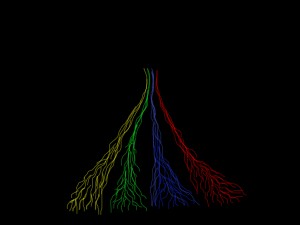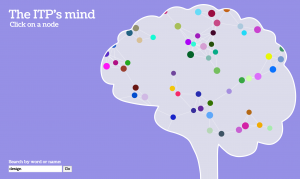Dalit Shalom
By digging around the dusty archives of the New York Public Library and connecting the dots, a remarkable character was revealed. This is a story about discovery and becoming close to someone I never knew through analog Big Data.
Description
2 months ago, I came across an eclectic collection of postcards at the New York Public Library. After spending hours sorting them, I realized that 60 of them belonged to the same person. These postcards were sent from all around the world, written in very close dialog, and I felt destined to find out who this person was. By connecting the dots through the texts I read, and digging in the right archives at NYPL, I was able reveal many links and information about this mystery man.
Postmark: Discovering Mr/ Phelps is an exhibition about discovery and analog archived Big Data. It's about social networks that have existed prior to Facebook and Twitter, and about how interlaced recordings of data have been around for decades.
This exhibition is part exploratory (visuals and clues posted on a wall) and part experiential (getting in the shoes of Mr Phelps) through fantastic worlds created as collages out of the original postcards. This experience will be viewed in VR.
Classes
Cabinets of Wonder, In Their Shoes





